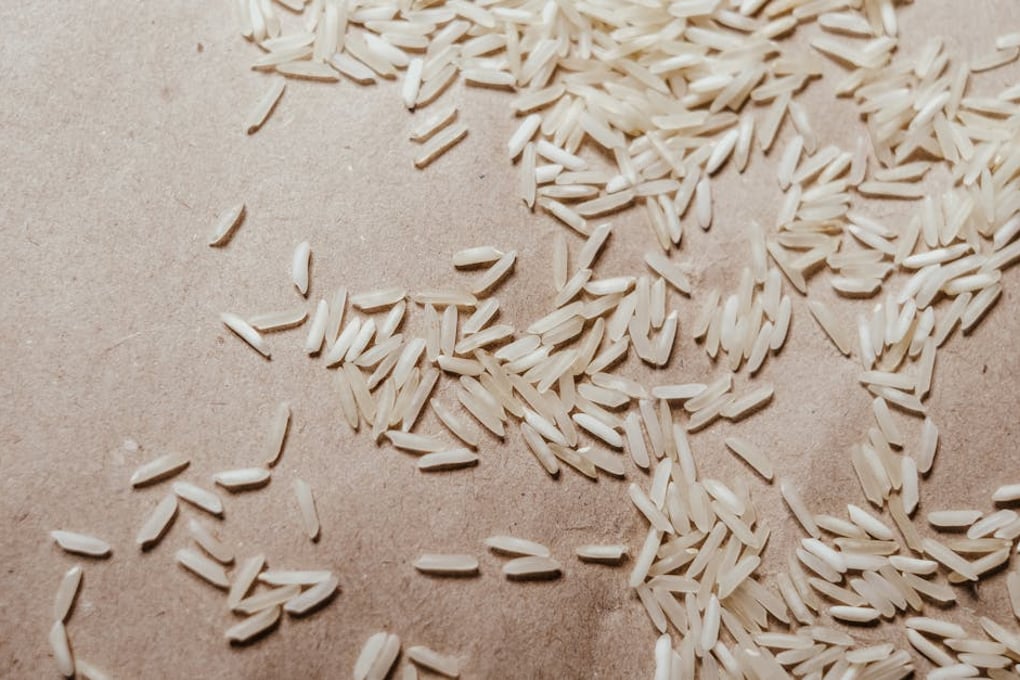I was having a conversation with my roommate the other day about food because TBH there’s nothing better in the world to talk about. She mentioned that the only fish she would ever be willing to eat is marinated, boneless, skinless tilapia.
The Filipino in me, who is used to seeing tilapia looking like this:
…died a little bit inside. Everyone knows that the skin is the best part.
If there’s one thing I’ve noticed since moving to the States, it’s that Americans can be so uneasy when it comes to trying “exotic” (not really all that rare or unusual, just different) foods. So forgive me for mildly grossing you guys out, but when your country was colonized twice over, you start to get resourceful.
1. Using a spoon and fork for everything.
I’m pretty sure I didn’t even learn how to cut with a butter knife until I was maybe 8 or 9. It’s not that I had someone cutting my meat or anything, it’s just that the side of the spoon works perfectly fine. Spoons also work so much better for shoveling rice into your mouth, since rice can just fall off your fork so easily.
2. Rice for breakfast, lunch and dinner.
I don’t understand how this isn’t a thing because anything -silog is the best hangover food ever. Tapsilog, a dish containing garlic rice, a fried egg and salty-sweet marinated sirloin is honestly one of my favorite foods from home, and I seriously contemplated buying a pound of beef a couple days ago just so I could have it again. I would even eat rice with Spam, eggs or bacon in the morning before school. I thought it was completely normal.
3. Fish with the heads, bones, tails, and skin still on.
Filleted fish is perfectly fine, but I’ve always enjoyed picking salty, crispy, skin off of a fried tilapia, or eating the belly of a bangus (milkfish). I suppose living on an island in the middle of the Pacific does that to you. Anyone back home would take seafood over chicken or pork any day of the week, just because of how light and flavorful it is.
Meanwhile, here in California, I’ve run into a bunch of people who gawk at the sight of a whole fish. I’m pretty sure my mom even goes as far as eating the eyeballs. The fish at the store that’s been all butchered and de-boned just doesn’t taste as fresh.
4. Kamayan (or, eating with your hands).
We’ve pretty much declared knives redundant, so we might as well say that the other utensils are useless too. Filipino food is traditionally served on banana leaves, and the best way to enjoy it is with your hands around family and friends. It brings you closer to your family and the food.
It will get messy, especially because you’re probably going to be eating something fermented or some kind of salty shrimp dish, but it’s fine, you can just wash your hands with calamansi later.
5. Eating the unconventional parts of the animal.
It’s really hard (jk it’s impossible, don’t do it) to be vegan when you’re Filipino. The use of all parts of an animal began as a result of Spanish colonization. Filipinos were servants and were only given scraps to eat.
Luckily, we Filipinos know how to make sure that nothing goes to waste, and some of the most loved dishes have come about due to our resourcefulness. One popular dish is Kare-kare, a peanut-flavored meat stew, made with ox tail, pig feet, pork hocks, and beef stew meat.
Another is the beloved Sisig, a sizzling meat plate, which is made from the face of a pig. And then there’s balut.
6. Sawsawan (dipping sauces) for everything.
I honestly don’t think I’ve ever seen a Lechon, a pork dish, far from a bottle of Mang Tomas, pork liver sauce. Lumpia, or spring rolls, goes with vinegar and chili, and fried chicken with banana ketchup. Even rice gets dunked in soy sauce just because everything tastes better dipped in something salty.
7. Mixing things that probably shouldn’t be mixed together.
We literally have a dessert (halo-halo) that translates to “mix-mix.” It has ice cream, corn, kidney beans and flan, among other things. We also put dried fish in our chocolate rice puddings.
For breakfast, we have sweet rice cakes (puto) with pig blood stew seasoned with garlic (dinuguan) and we eat dried green mangoes with a black, salty, fermented shrimp paste (bagoong). Are we weird? No, you are.
8. Everything in excess.
As a kid, I remember writing down “bring food for salu-salo” in my to-do notes, alongside my homework whenever there was a fiesta or celebration going on at school. Unlike the likes of the Japanese and Vietnamese, where food is light and springy, Filipino food is the kind of food that you have to prepare to unbutton your jeans for.
The rice-ulam (dish) cycle never seems to end, and everyone makes more food than they would ever need. Everything is in excess, and that’s not totally a bad thing; having too much love, every excuse to make the food affair a celebration, and a reason to see your family and friends makes everything worthwhile. We are all too busy eating purple ice cream and garlic rice breakfasts, and I wouldn’t have it any other way.


